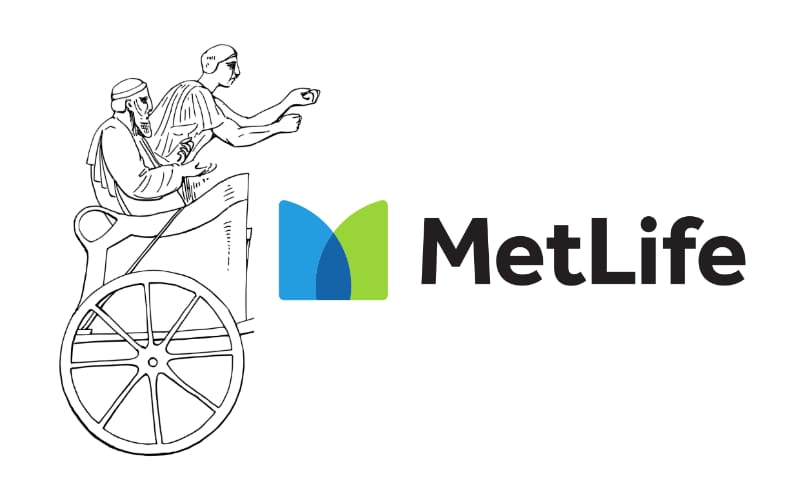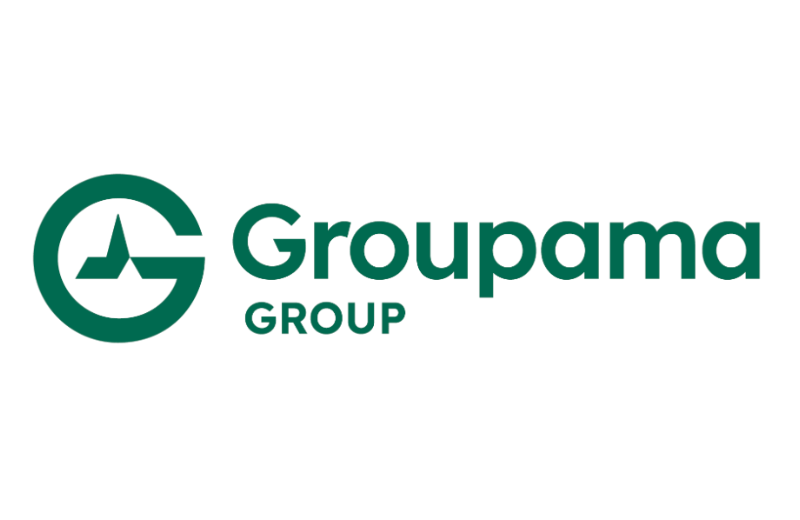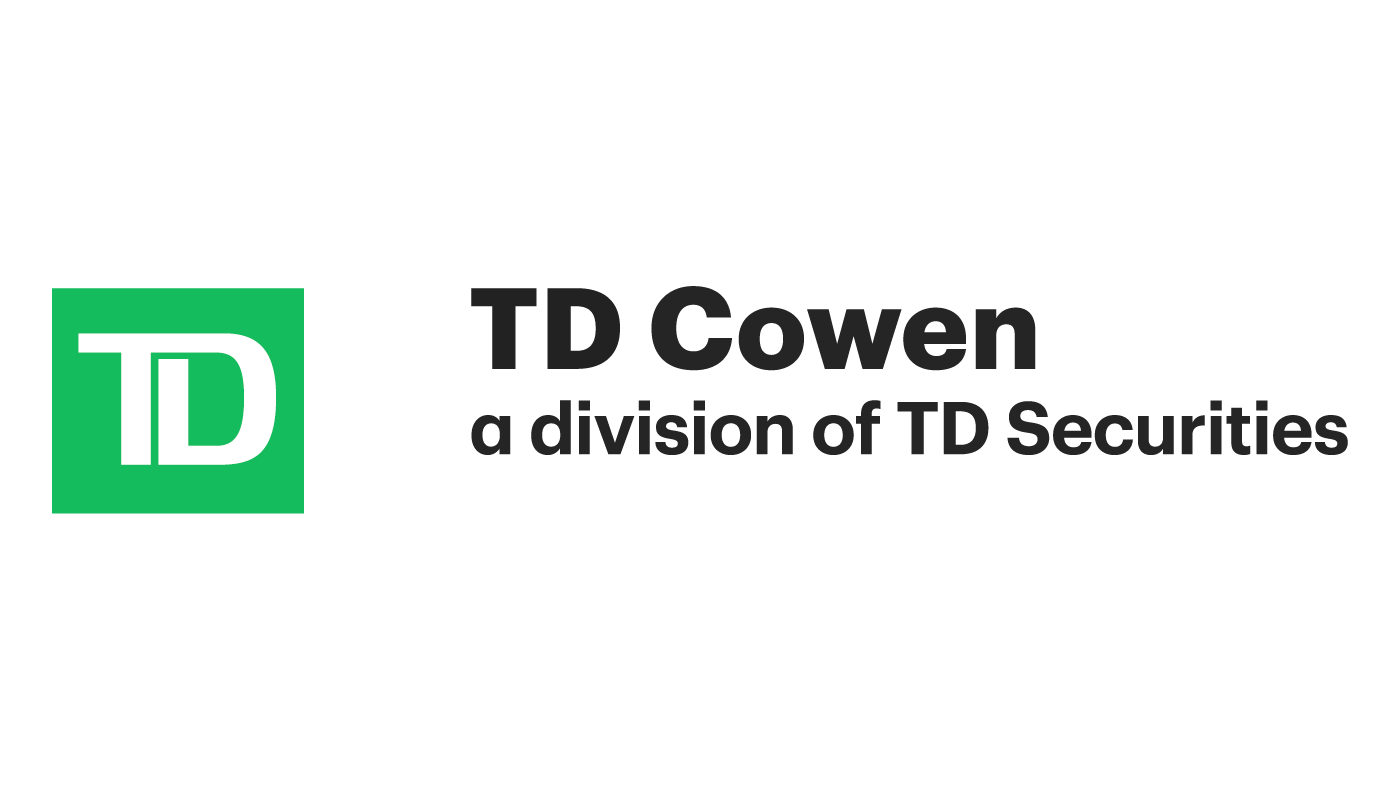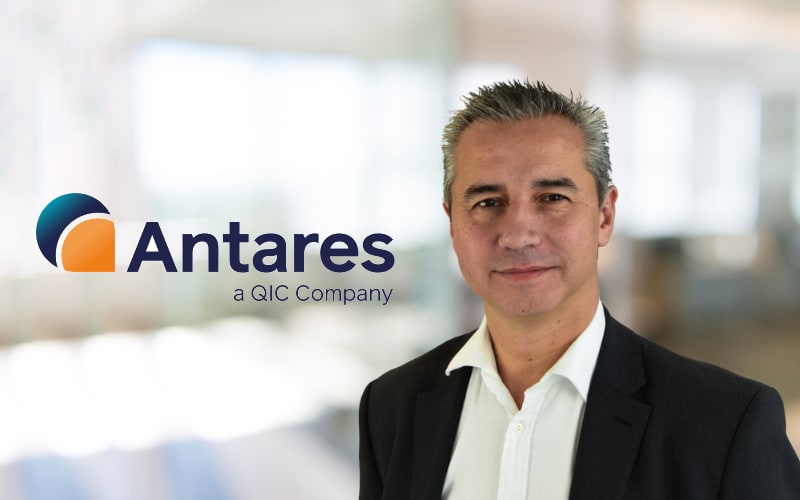
Commenting on the recent announcement from MetLife, Inc.that it plans to launch Chariot Reinsurance, a new Bermuda based company that will initially act as a kind of sidecar for the company, S&P Global Ratings has highlighted how these structures provide efficient access to “on-demand” capital for their sponsors.Just like a fully-collateralized sidecar structure, that we more typically see in property catastrophe reinsurance and retrocession, the life and annuity sidecars come with the similar benefit of a complementary pool of capital (from third-party sources) that can be used to augment capacity for the sponsor, as well as to add efficiency through potentially lower costs-of-capital than traditional equity raises can achieve.S&P explained that the formation of Chariot Re, which is expected to be registered soon in Bermuda, is “consistent” with MetLife’s strategy.
Noting that, “This is part of a wider trend in recent years where U.S.life insurers are increasingly using offshore reinsurance.The trend does increase insurers’ counterparty exposure to unrated reinsurers, and Chariot is no exception.” But MetLife’s initial exposure to the sidecar is expected to be relatively small, the rating agency said, although likely to grow gradually.
MetLife and its partner in the venture investment firm General Atlantic are both set to invest $150 million each into the Chariot Re sidecar, while other private investors will put up the remaining $700 million of equity.MetLife is expected to reinsure roughly $6 billion of structured settlements and $4 billion of pension risk transfer to Chariot Re as a launch transaction.“We expect MET to reinsure additional blocks to Chariot in the future, and perhaps establish flow-reinsurance agreements with it as well, although the timing of such transactions is unclear,” S&P Global Ratings said.
Commenting on the benefits of the structure to MetLife, S&P explained, “We believe the addition of Chariot Re as a sidecar will primarily benefit MET’s spread based businesses, such as PRT and structured settlements, mainly by providing access to on-demand third-party equity capital for growth and capital relief, without the need to issue new shares outright.” Which speaks to the trend we’ve seen in other classes of reinsurance, outside of life, where some private equity investors are now seeking more efficient ways to deploy capital into the space than through new balance-sheet startups, preferring to back efficient sidecar-like structures.This is a trend affecting the way capital is deployed into the industry and it has made it more challenging to understand just how much new capital is entering, as much of it is obscured through private structured arrangements, rather than the fanfare surrounding launches of new balance-sheet entities.The life and annuity business is one where third-party capital use was originally for hedging purposes, typically mortality, lapse and longevity risks.
But it has evolved into one more similar to the way property cat sidecars are used by their sponsors, as sources of aligned and supportive capacity as well as peak loss moderation.Find details of numerous reinsurance sidecar investments and transactions, including life reinsurance sidecar structures, in our directory of ..All of our Artemis Live insurance-linked securities (ILS), catastrophe bonds and reinsurance can be accessed online.
Our can be subscribed to using the typical podcast services providers, including Apple, Google, Spotify and more.
Publisher: Artemis








